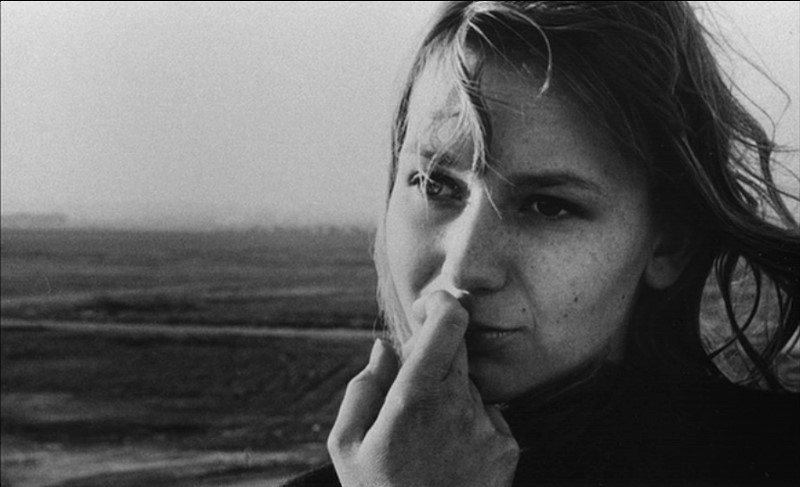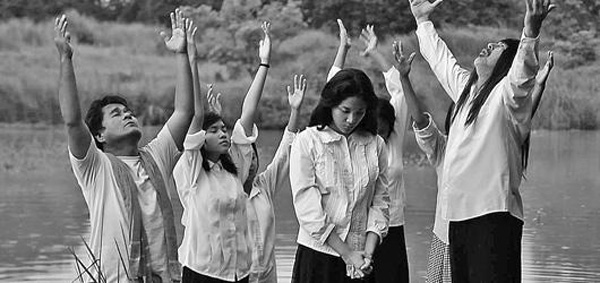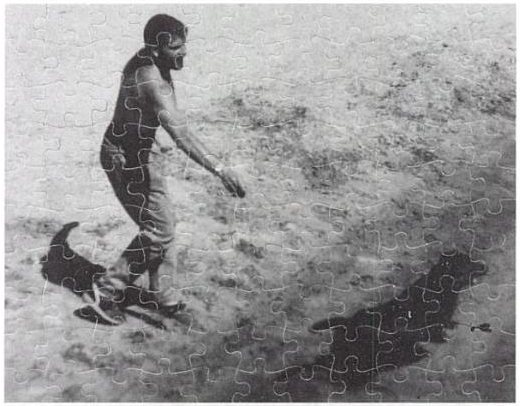By Alaine Allanigue
Long takes and Reversing Time
Cinema is an art of time and space. The duration of shot affects
the understanding of ideas as well as the flow of the story. Causes and effects
are basic to narratives which takes place at a certain period of time. The
construction and the flow of the story are based on the presentation of a scene
consecutively and the plot may show a chronological order from beginning to
end. Jay Leyda also stated that the progression of a film had depended on the
‘logical’ development of shots from beginning to end. However, we have the
temporal order wherein some events are presented out of the story order. A
flashback is simply a portion of the story presented out of the order such as
in the film Edward Scissorhands where
the grandmother narrates an old story to her granddaughter. But this reordering
does not confuse the viewers because of the mental capacity of our mind to
rearrange the order in which they are logically had to happen. Time is an
element that the spectators also follow. André Bazin made it a major view of
his aesthetic that cinema records “real time”. Long takes suggests the
recording of real duration which adds up to the realistic element of the film. In
the films of Orson Welles, Carl Dreyer and Kenji Mizoguchi, a continuous
recording of a shot in several minutes may go on without getting the attention
on how long this scene is taking, and it would be impossible to analyze these
films without an awareness of how long the long take can contribute to the
film’s form and style. The two gay men inside a bathroom, grooming themselves shows
one long take in Andy Warhol’s My Hustler.
 |
| Photo Source: http://www.newyorker.com/online/blogs/photobooth/120813_warhol-9_p465.jpg |
The use of long takes can be selective depending on the filmmaker.
Like in Orson Welles’ film Citizen Kane,
the use of long takes is mixed with shorter shots. According to Andre Bazin, Citizen Kane moves to and fro between
long takes in the dialogue scenes and rapid editing in the newsreel and other
sequences.
 |
| Photo Source: http://www.cinemaisdope.com/wp-content/uploads/2009/12/citizen_kane_rosebud.png |
Alternatively, building the entire film out of long takes is a big
challenge to the filmmaker. It also depends on the filmmaker. Such films are
Hitchcock’s Rope, a film composing
only of eight shots. Each running a full length of a film reel. In the
Philippine setting, long takes has also been an ingredient in films of
Brillante Mendoza. On the other hand, the statement of unnoticeable long takes
can also be differed through intentional long takes of the filmmaker. The long
takes of walking in the crowded streets and the continuous shot of camera
following the climb of up and down stairs of the characters are abundant in
Mendoza’s Serbis.
 |
| Photo Source: https://blogger.googleusercontent.com/img/b/R29vZ2xl/AVvXsEj6LE8J-NghuaPNAtIVhk4UxLWhdz1uF7ZFI6DzOVrMJ_vzb59rTBKmUElExjamp5TvA0H3Ai7H6wOYl24p2lAuO8C35ZciA4DD_uoSUeuG0gfHnD-3QIsLnjr7iY9wLcsFP58-6yMMCJzF/s1600/serbis.jpg |
Also, in the
Mendoza’s Kinatay, the long take of
car ride and road shots depicts the cinematic reality of the film. These
dragging moments comprise to the film’s form and style too. Long takes has also
been an alternative to editing. Long takes is frequently allied to the mobile
frame. In the film Sisters of Gion
directed by Mizoguchi, there has been no cutting but the important stages of
the film were separated through the mobile frame.
 |
| Photo Source: http://moviefilmreviews.files.wordpress.com/2012/02/25_memento.jpg |
All of these correspond to the loyalty of the cinema to time. But
what if time itself ruins everything? This has been one of the subjects of some
films like Gaspar Noé’s Irréversible and Christopher Nolan’s Memento. Opposite to the
basic order of beginning to end, Noé’s Irréversible has given the viewers an experience that the
film would be different at the moment you start from the end with a clueless
beginning. In the film Irréversible, the
film started with two prisoners’ conversation on how they got into jail then
sirens howl outside presenting another scene leading to the arrest of Marcus
and Pierre from a night gay club, Rectum. Following the scene is the tour of
the hell for the audience, world of anxiety and quasi-darkness enveloped with
the revengeful emotions of Marcus looking for a guy known as ‘tapeworm’. On
screen, the camera takes the audience in a long take, no-cut scene of
continuous search for a mysterious guy. Succeeding the scenes are the previous
scenes that had happened before until the film has ended into its beginning.
 |
| Photo Source: http://cps-static.rovicorp.com/3/JPG_250/MI0002/807/MI0002807174.jpg?partner=allrovi.com |
Irreversible is a succession of sequence in reverse chronology. Though this
film has used long take for every scene composing it, it has also played on the
ability of reversing time. The long takes it depicted which corresponds to the
real time element somehow contradicts to the form because the time is also
reversed suggesting confusion on the question of real time process.
However, reversion of time forming a circle and endless path has
also been an element in some films. In Marker’s La Jetée, a prisoner who was put into an experiment to call past
and future to the rescue of the present arriving him to the discovery of his
own death has exhibited an exploration of film in time. Peter Wollen’s stated
that Chris Marker’s La Jetée was ‘set in the present as past-of-the-future,
as well as an in-between near-future from which vantage-point the story is told’.
 |
| Photo Source: http://www.dvdbeaver.com/film2/DVDReviews31/a%20la%20jetee%20sand%20soliel/a%20le%20jeteePDVD_011.jpg |
In Christopher Nolan’s Memento,
a man with anterograde amnesia continues to find the man whom he believes had
killed his wife. He depended on his photographs as guides and clues to the
suspect.
A backward sequence has also been the main element of the film.
The backward storytelling provides opportunity to the spectator to gain certain
insights in regards to the structure and comprehension.
In the statement of Michael Tarantino (Stuck in the middle) ‘It’s
not so difficult when you know the end’. Reversing time in film has provided
the end unfolding in front of the eyes of the viewers. The room for the
question of ‘what happened before that?’
arises which again is connected to the nature of time.
The various ways that a film’s plot may manipulate story order,
duration, and frequency illustrate how the spectator must actively participate
in making sense of the film.














_img.jpg)

